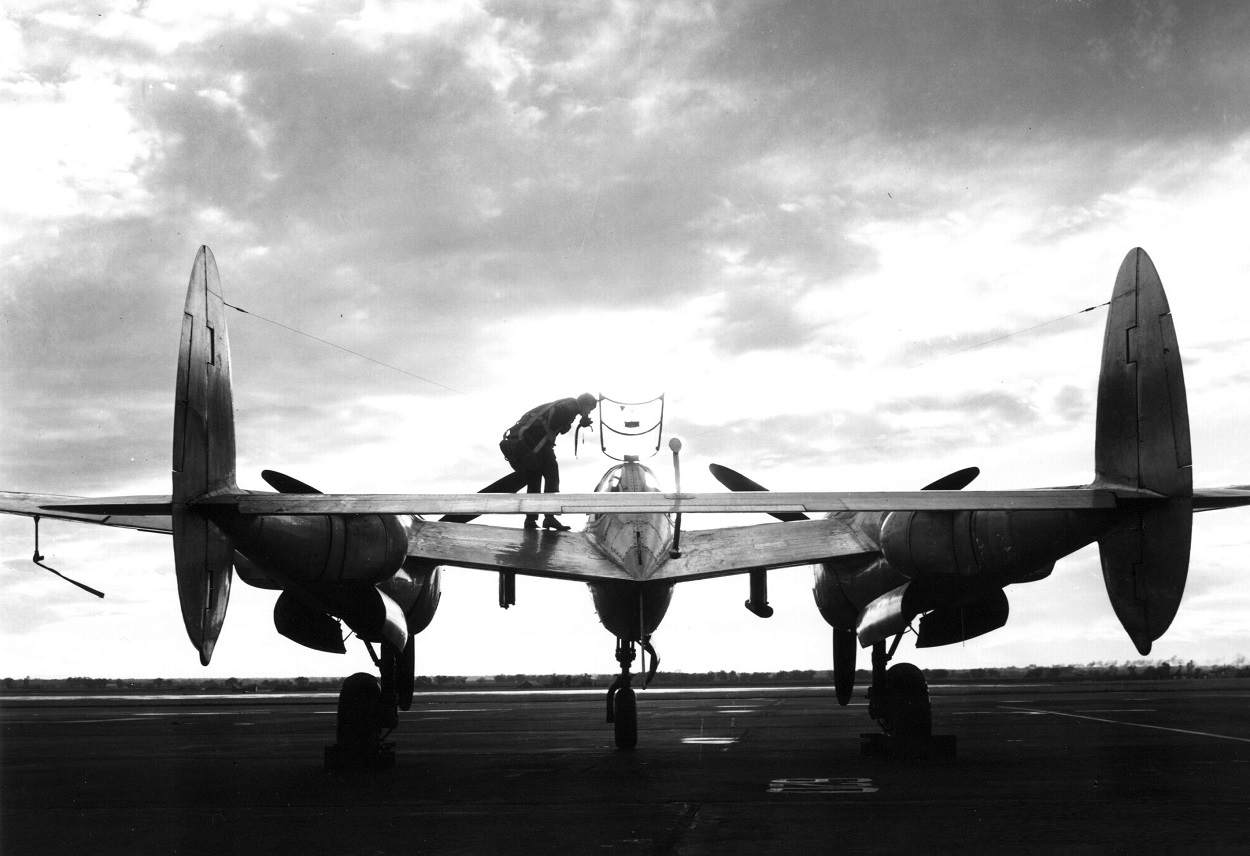The Cranfield Forensic Institute, working in collaboration with the POW/MIA Accounting Agency (DPAA), has assisted in the identification and recovery of a missing USAF airman near Caltagirone, Sicily.
In 1943, Second Lieutenant Allan W. Knepper (age 27) of the United States Army Air Force, took off in his P-38 Lightning from a base in Tunisia. The P-38 is a single-seat, twin piston-engined aircraft used for various aerial combat roles, including as a highly effective fighter-bomber.
His squadron was tasked with attacking Axis forces in support of the U.S. Army’s beach landings in Sicily. As they approached their target, intense anti-aircraft fire hit the squadron and Knepper’s aircraft was struck by flak and crashed.
Contemporary reports noted the absence of a parachute, indicating that Knepper died upon impact and was declared missing in action.
For 80 years, the location of the crash site was lost to history, until researchers from the DPAA at the United States National Archives, uncovered a German report detailing the crash of two P-38 planes.
This report enabled archaeologists to pinpoint Knepper’s likely crash site, where extensive research and excavations have recovered material evidence linked to Knepper for identification.
Dr David Errickson, Senior Lecturer in Archaeology and Anthropology at Cranfield University’s Forensic Institute, said: “At the crash site, you have to use the pattern of the wreckage to judge the location of where the pilot will most likely be. In the case of a single occupant fighter plane such as this, it’s easier because you’re only looking for one person, but in something larger like a bomber it can be much more difficult.”
Everything found at the crash site has been meticulously recorded and handed over to the local authorities – in this case the Italian police – who will then transfer the evidence over to either the US Embassy or direct to the DPAA lab for DNA analysis and identification.
According to the researchers, the process took 8 years from the start of the recovery, until the DPAA was able to officially confirm that Lieutenant Allan W. Knepper had been identified.
His remains have been returned to his hometown of Lewiston, Idaho for burial, and a rosette has been marked alongside his name on the Tablets of the Missing at the Sicily-Rome American Cemetery to indicate that he has now been accounted for.
Header Image Credit : P-38 – Public Domain
Sources : Cranfield University





